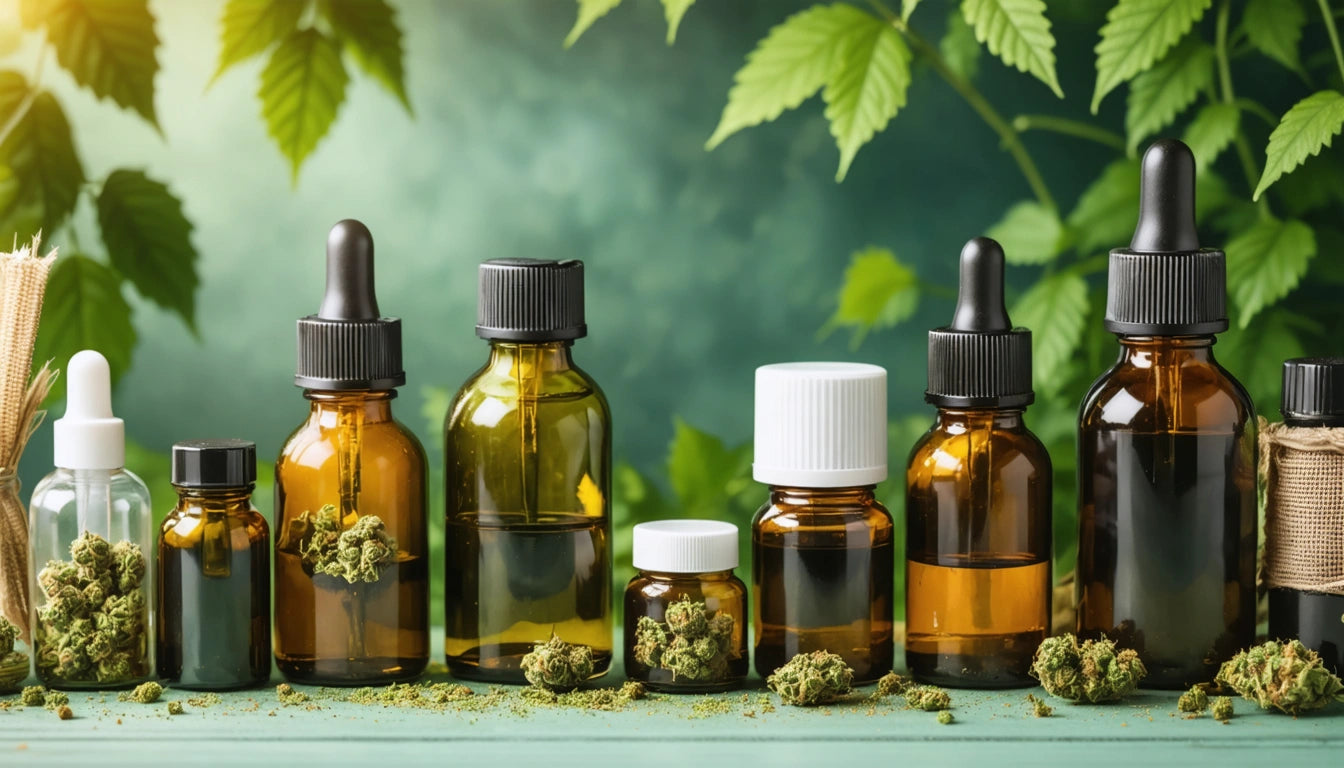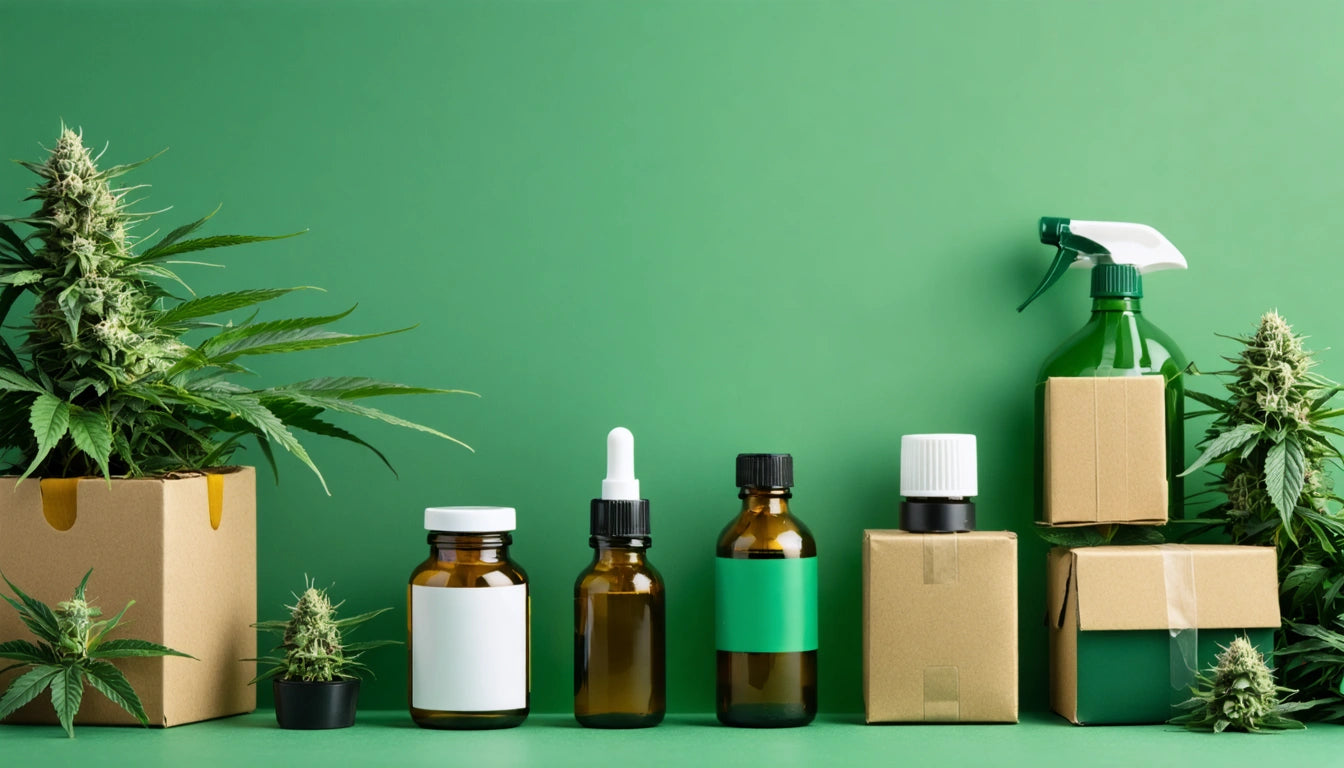Table of Contents
Maximizing Bud Size: Tips for Growing Bigger, Denser, and Harder Buds
Growing cannabis with impressive, dense buds requires a combination of science, timing, and attention to detail. Whether you're a novice grower or experienced cultivator looking to improve yields, understanding how to grow big buds involves optimizing several key variables throughout the growing cycle. This guide covers proven techniques to help you develop those coveted rock-hard, resin-rich flowers.
Understanding Bud Development
Before diving into techniques for maximizing bud size, it's essential to understand how cannabis buds form and develop. Buds are the reproductive organs of female cannabis plants, designed to catch pollen from male plants. When female plants remain unpollinated, they continue to develop these structures in hopes of reproduction, resulting in the resin-rich flowers prized by consumers.
According to our guide on bud formation, the flowering stage typically begins when plants receive 12 hours of darkness and 12 hours of light. This period is critical for developing bigger, denser buds and usually lasts between 7-10 weeks depending on the strain.
Optimal Lighting for Bigger Buds
Light Intensity and Spectrum
Lighting is perhaps the most crucial factor in how to grow huge buds. Cannabis plants convert light energy into the sugars that fuel bud production through photosynthesis. More light (up to a point) generally means more energy for developing massive buds.
- During vegetative growth: Use blue-spectrum lights (6500K) to promote healthy structural development
- During flowering: Switch to red-spectrum lights (2700K-3000K) to stimulate bud production
- Consider LED grow lights with adjustable spectrums for optimal results at each stage
Positioning lights at the right distance prevents light burn while ensuring all bud sites receive adequate intensity. Many commercial growers use light meters to maintain optimal PPFD (Photosynthetic Photon Flux Density) levels.
Nutrient Strategies for Maximum Growth
Understanding the best nutrients for bigger buds is essential for maximizing your harvest. During the flowering stage, plants require different nutrient ratios than during vegetative growth.
Flowering Stage Nutrients
- Phosphorus (P) and Potassium (K): Increase these nutrients during flowering while reducing nitrogen
- Calcium and Magnesium: Support cell wall development for stronger, denser buds
- Micronutrients: Ensure plants receive adequate iron, manganese, and zinc
Many growers use bloom-specific fertilizers with NPK ratios like 5-15-10 to provide the right balance for flower development. Remember that overfeeding can be as detrimental as underfeeding, so always start with lower concentrations and increase gradually.
Environmental Factors for Dense Buds
Environmental conditions play a crucial role in how to get dense buds. Maintaining the right temperature, humidity, and airflow creates the optimal environment for bud development.
Temperature and Humidity Control
During flowering, slightly lower temperatures (65-80 °F or 18-26 °C) and reduced humidity (40-50%) encourage resin production and denser bud formation. As flowering progresses, gradually reducing humidity further (to 30-40% in late flowering) helps prevent mold while promoting tighter, harder buds.
Maintaining proper humidity levels can be challenging, which is why many growers rely on humidity control solutions that help stabilize moisture levels and protect developing buds from mold while ensuring optimal curing conditions.
CO2 Enrichment
Advanced growers often supplement with CO2 to enhance photosynthesis, which can significantly increase bud size and density. CO2 levels of 1200-1500 ppm during the light cycle can boost growth rates by 20-30% when other factors are optimized.
Training Techniques for Massive Yields
Plant training methods are powerful tools for those learning how to grow massive buds. These techniques manipulate plant structure to maximize light exposure and energy distribution.
Low-Stress Training (LST)
LST involves gently bending and securing branches to create a more even canopy, allowing light to reach more bud sites. This technique encourages the plant to develop multiple main colas rather than a single dominant one.
Screen of Green (SCROG)
The SCROG method uses a screen or net positioned above plants. As branches grow through the screen, they're tucked under to create an even canopy with numerous exposed bud sites. This technique is particularly effective for learning how to grow giant buds with limited vertical space.
As noted in our home growing guide, proper training can significantly increase yields without requiring additional plants or space.
Harvesting and Curing for Density
Timing your harvest correctly is critical for achieving rock-hard buds. Harvesting too early results in underdeveloped, fluffy buds, while waiting too long can degrade cannabinoids and terpenes.
Harvest Timing Indicators
- Trichome color: Harvest when most trichomes have turned milky white with some amber
- Pistil color: Look for 70-80% of pistils to have darkened and curled inward
- Calyx swelling: Fully matured buds will have swollen, plump calyxes
Proper curing is equally important for developing dense buds. A slow, controlled dry followed by curing in sealed containers allows buds to continue developing flavor while maintaining proper moisture content for that desirable density and hardness.
Advanced Strategies for Professional Results
For growers seeking to take their cultivation to the next level, several advanced techniques can help achieve those exceptionally dense, commercial-quality buds.
Strain selection plays a significant role in determining potential bud size and density. Indica-dominant strains typically produce denser buds than sativas, though there are exceptions. Researching genetics with a reputation for producing rock-hard buds can give you a head start.
Consider implementing a strategic defoliation schedule, removing fan leaves that block light to lower bud sites at specific times during the flowering cycle. This technique, when done correctly, can significantly improve light penetration and air circulation around developing buds.
Finally, as outlined in our comprehensive growing guide, consistency is perhaps the most important factor in developing professional-quality cannabis. Maintaining stable conditions and addressing issues promptly will always yield better results than sporadic corrections or last-minute interventions.
By combining these techniques and paying careful attention to your plants throughout their lifecycle, you'll be well on your way to growing the bigger, denser, and harder buds that every cannabis cultivator aspires to produce.











Leave a comment
All comments are moderated before being published.
This site is protected by hCaptcha and the hCaptcha Privacy Policy and Terms of Service apply.